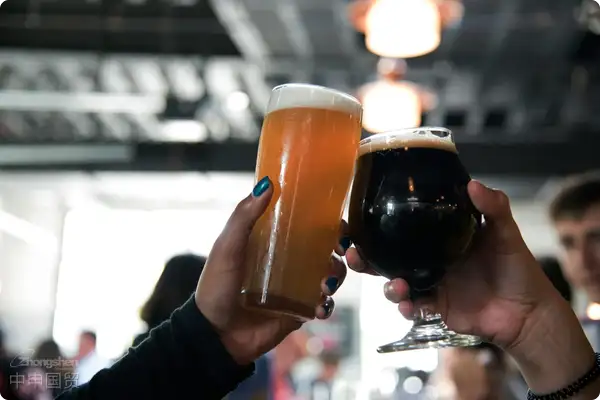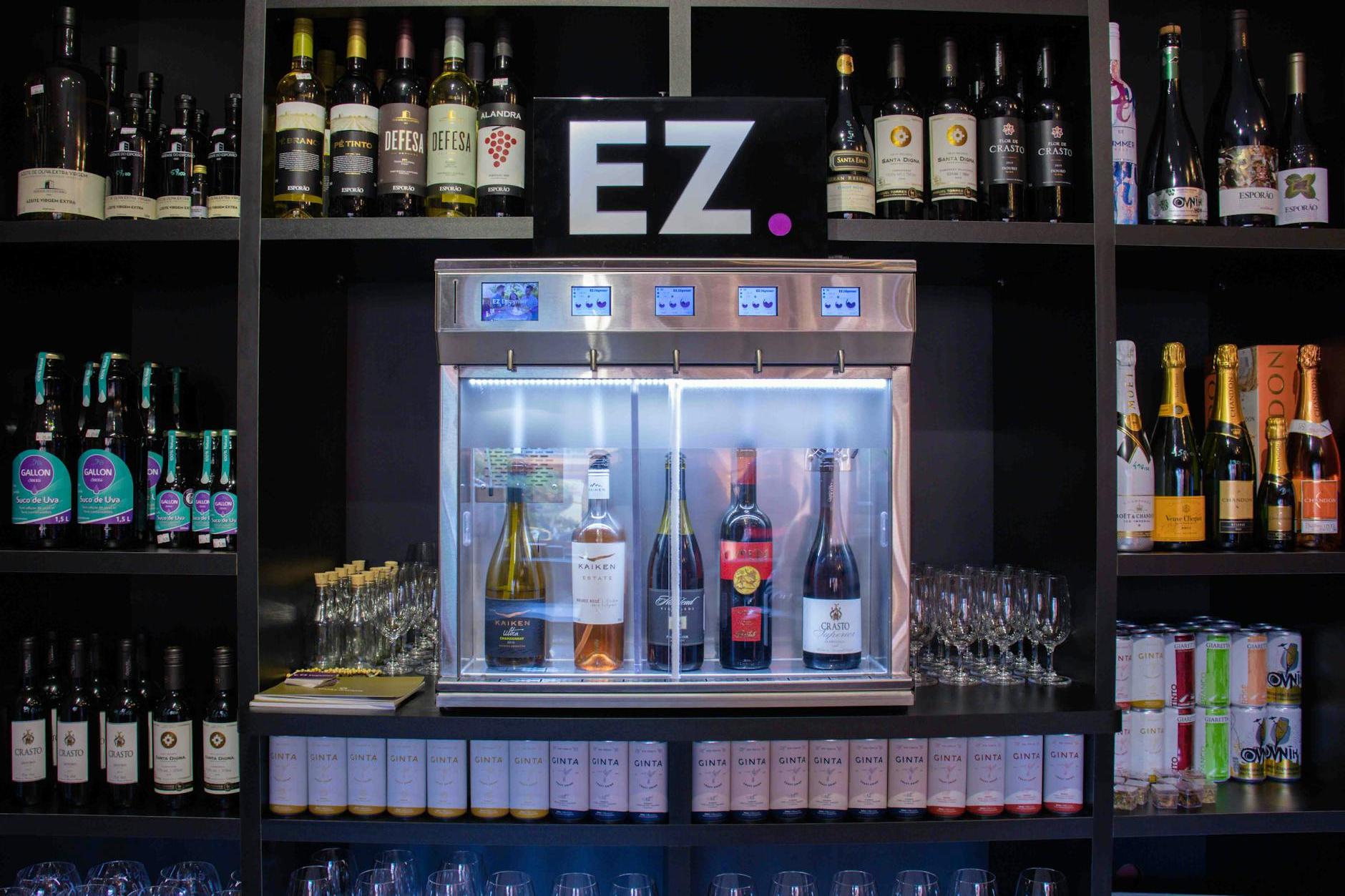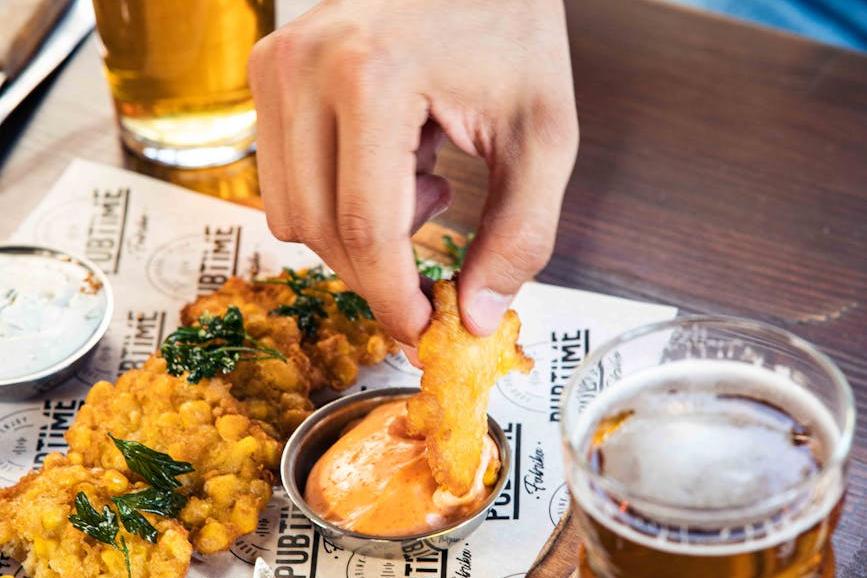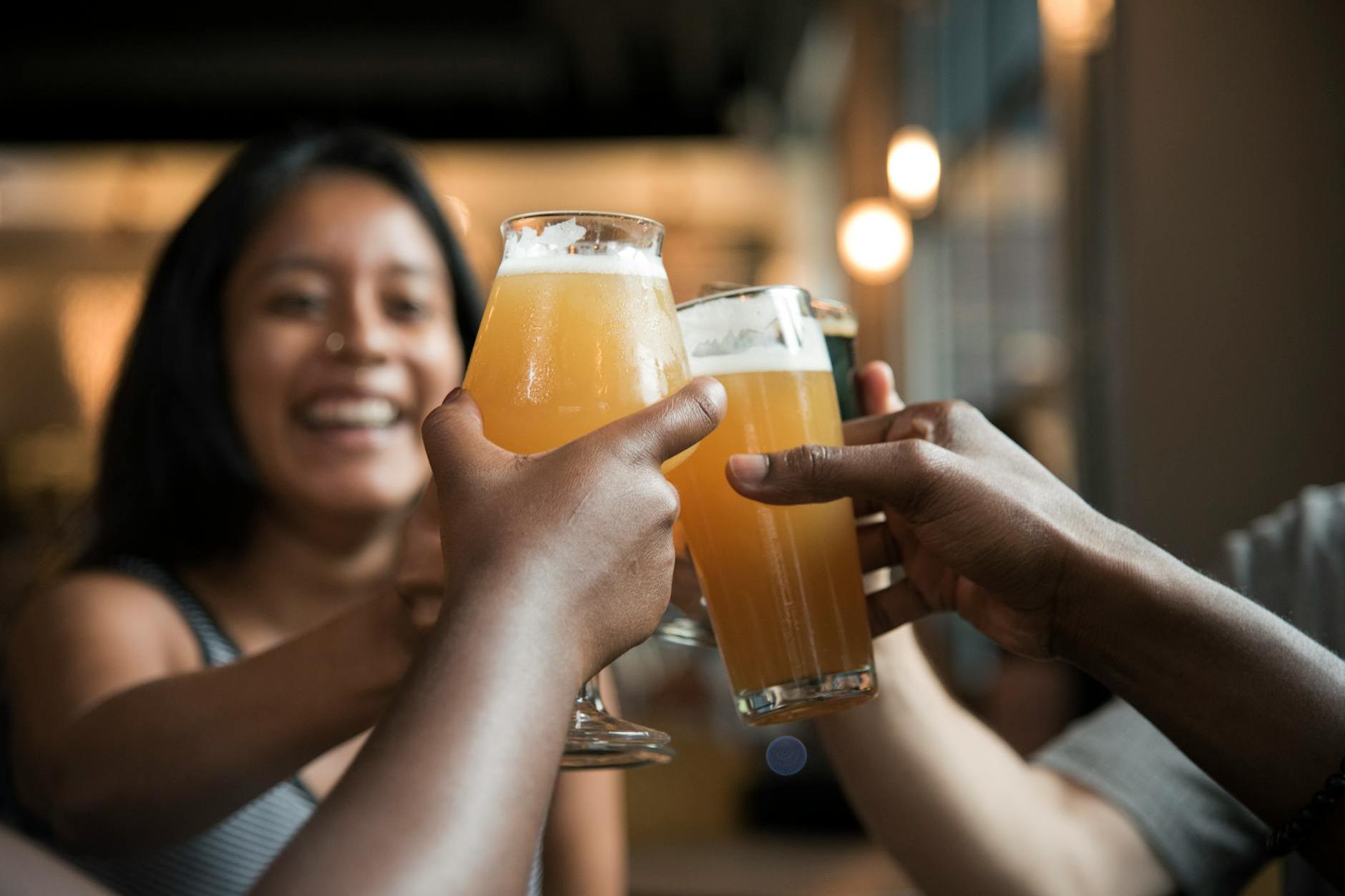- 20 Years of Expertise in Import & Export Solutions
- +86 139 1787 2118

When Beer Meets Customs: A Must-take Course for Importers
Last year, a client came to me with samples of German dark beer. The beer was still sleeping in oak barrels, but the import approval had already expired for three months. This lesson, worth 250,000 euros, tells us that importing beer is far more complex than imagined. As a veteran who has handled alcohol imports from 12 countries, I would like to share some practical experience.
The Three Gatekeepers of Qualification Review
- First Gate: Food Circulation Permit - The business scope must specify alcohol, and some provinces also require a "Liquor Wholesale License"
- Second Gate: Imported Food Filing - Submit the registration information of the overseas manufacturer on the website of the General Administration of Customs 30 days in advance
- Third Gate: Special Alcohol Certificate - An "Automatic Import License" is required for beer with an original wort concentration ≥ 11 degrees
The Exquisite Equation of Tariff Calculation
The calculation formulas for the three main taxes and fees involved in beer import:
| Tariff = CIF Price × 10% | VAT = (CIF Price + Tariff) × 13% | Consumption Tax = 220 yuan/ton (only levied on beer with a wort concentration ≥ 11 degrees)
|
| Beer types | Tariff rate | Consumption Tax |
|---|---|---|
| Regular Beer (Wort concentration < 11 degrees) | 0% | Exempt from taxation |
| Craft Beer (Wort concentration ≥ 11 degrees) | 10% | 220 yuan/ton |
The Song of Ice and Fire in Logistics Solutions
- Temperature control: IPA beer requires a cold chain transport of 4-8°C throughout the process
- Packaging choice: For glass bottles, it is recommended to use shock-proof wooden boxes + EPE pearl cotton
- Transportation timeliness:
- ?Ocean shipping?: 25-35 days for European routes (low cost but high risk)
- ?Air freight?: 3-5 days (suitable for high-value limited editions)
The Golden Four Hours of Customs Clearance Strategy
Last year, there was a case with a Belgian white beer that was held up because the label did not state "contains wheat protein." Remember these three key time points:
- 72 hours before arrival at the port: Complete the manifest pre-declaration
- 24 hours after arrival at the port: Submit a complete set of customs declaration documents
- 4 hours after inspection: Complete the label rectification and confirmation
The Invisible Threshold of Cultural Adaptation
When a German brand entered the Chinese market in 2023, the monastery pattern on the original packaging sparked a religious sensitivity controversy. It is recommended to pay attention to:
- The year marked on the wine label must be consistent with the customs declaration
- Promotional terms should avoid medical claims such as "treatment" or "health care"
- The unit of capacity must use the Chinese "milliliter" (mL can be used as a supplementary note)
I remember helping a client import Czech pilsner last year. The entire batch was held at the dock for an extra two weeks because the bottle cap design did not comply with the GB 4806.9 standard. Importing beer is like dancing the tango; every beat must be in step with the rhythm of customs. When you hold the customs clearance code, the foreign fine wine can truly shine in the consumer's glass.
Recommended for You
- 德國(guó)啤酒代理:當(dāng)嚴(yán)謹(jǐn)工藝遇上中國(guó)市場(chǎng)的通關(guān)密碼
- 進(jìn)口啤酒代理避坑指南:外貿(mào)老兵的5個(gè)實(shí)戰(zhàn)建議
- 進(jìn)口啤酒代理必讀:這些通關(guān)細(xì)節(jié)可能讓你少走三年彎路
- Importing Beer and Spirits: Have You Stepped on These Customs "Minefields"?
- A Complete Guide to Beer Import Agency: Avoid These Pitfalls So Your Container Doesn't Become a "Drunken" Gold Mine
Category Case
Contact Us
Email: service@sh-zhongshen.com
Recommended for You
Contact via WeChat

? 2025. All Rights Reserved.









